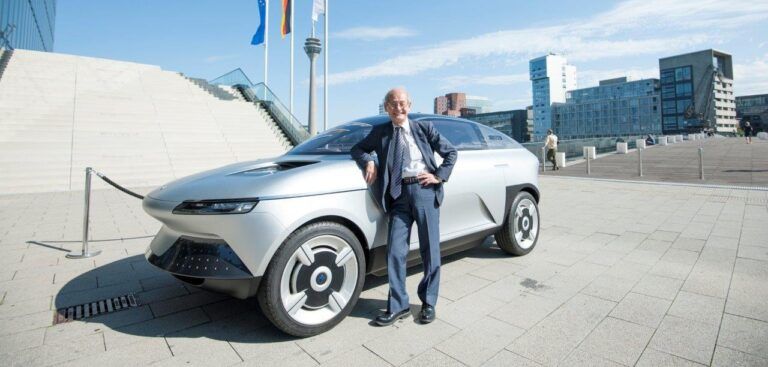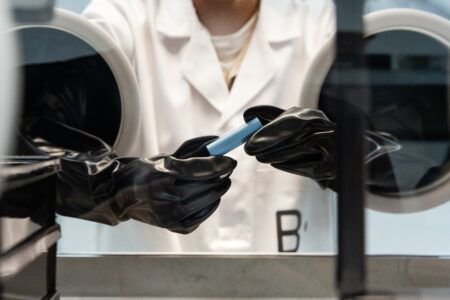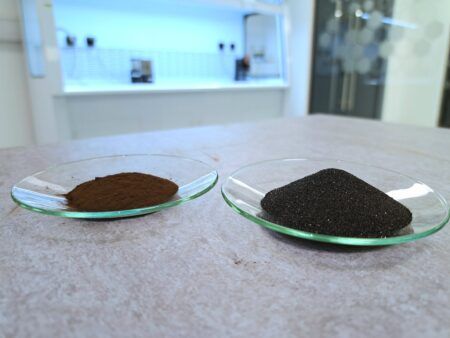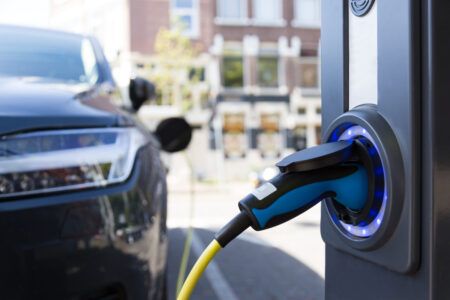In 1983, Dr Akira Yoshino developed the lithium-ion battery, an invention that has become one of the world’s most valued technologies as it powers electronic devices from smartphones to electric vehicles.
As recognition for his work and refinement of lithium-ion batteries, which have served to not only support the surge in battery electric vehicles but ushered in an IT revolution and mobile connectivity, Dr Yoshino was presented with the 2019 European Inventor Award by the European Patent Office (EPO) in the category of Non-EPO countries. He becomes the third winner of the award, following Dr Sumio Iijima in 2015 for the discovery and development of carbon nanotubes, and a team led by Masahiro Hara in 2014 for the development of the QR code.
“Yoshino created the foundation of today’s lithium-ion technology and industry. His inventions can be found in the smartphones that connect people around the world and are enabling the emergence of electric vehicles too,” said EPO president António Campinos. “His technology has transformed our society, in part because the licenses granted to other companies for the use of his patented inventions helped to decisively speed up its commercialization.”
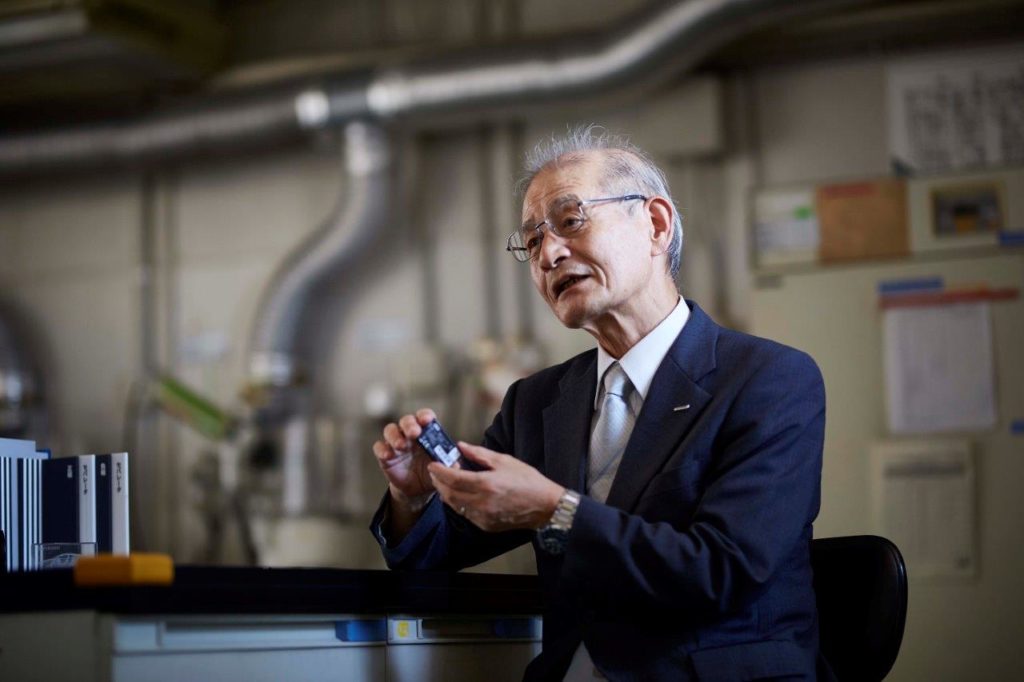
Yoshino’s development of a small, lightweight, rechargeable battery with a sufficient storage capacity has helped to unlock a mass market in portable electronic devices, ranging from camcorders to laptop computers. His rechargeable batteries are used in nearly five billion mobile phones world-wide today and have enabled the emergence of electric vehicles. Prior to his invention of the lithium-ion battery (LIB), users had to discard batteries when the energy contained in their materials ran out, which posed a challenge to manufacturers developing portable electronic products.
“I am greatly honored to receive this year’s European Inventor Award. It was gratifying that the EPO President said my invention significantly impacted society,” commented Dr Akira Yoshino. “I hope that my accomplishment will help make the name of Asahi Kasei well known throughout Europe. The series of events associated with this award reminded me of how concerned European people are about environmental issues. I am humbled that my invention is contributing to solutions.”
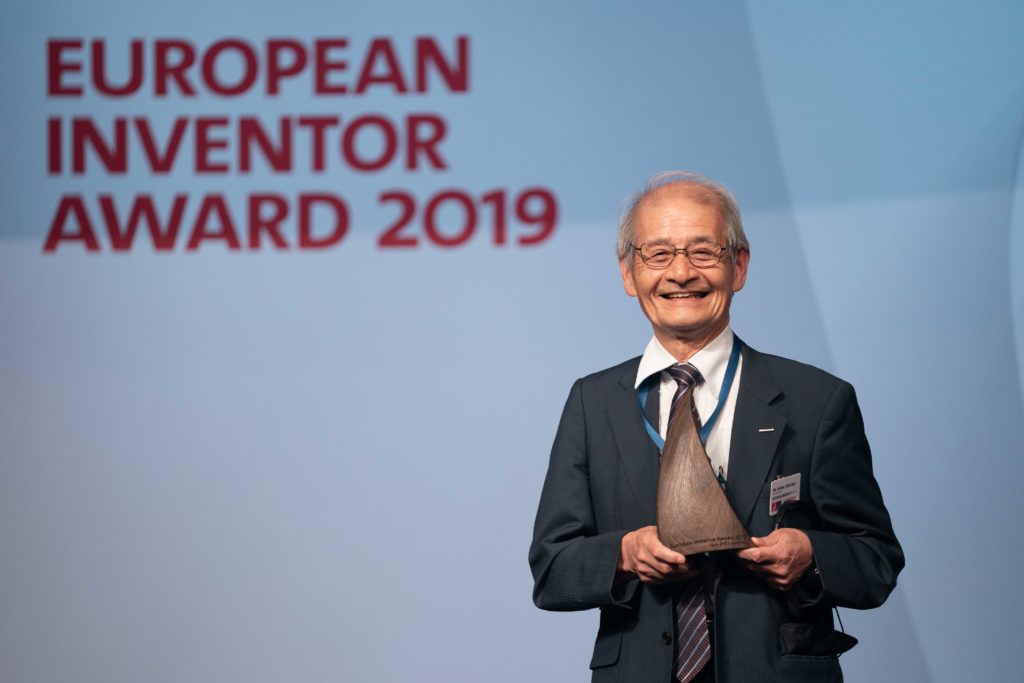
The origins of Yoshino’s invention can be found in his early research into electrically conductive polymers, carried out after joining Japanese chemical company Asahi Kasei in the early 1970s. His breakthrough came when he realized the value of the properties of polyacetylene and lithium cobalt oxide discovered at that time. In 1977 Japanese chemist Hideki Shirakawa demonstrated that the first is conductive, and two years later in 1979, US physicist John Goodenough discovered that the latter is stable in air. Yoshino understood that using a polyacetylene anode and a lithium cobalt oxide cathode could make his invention more stable than other rechargeable batteries in development at the time.
He also introduced a thin polyethylene-based porous membrane to act as a separator between materials, serving as a safety mechanism: when the battery overheated, the membrane melted. This halted the operation of the batteries before they caught fire. The membrane, which serves as the chemical equivalent of a safety fuse, is still used today to lessen the risk of LIBs catching fire.


